In this article, you will learn where are the hotspots for your affordable Tanzania safari adventures accompanied by hints or tips for affordable or more budget-oriented travel.
One of the most populated countries south of the equator is located in East Africa. Being part of the African Great Lakes region, Tanzania offers a broad range of activities and natural wonders to explore. The majority of the people are attracted to Tanzania to get first-hand contact with the wildlife inhabiting savannahs.
Once under German and British rule, now a safe destination with a mostly politically stable situation.
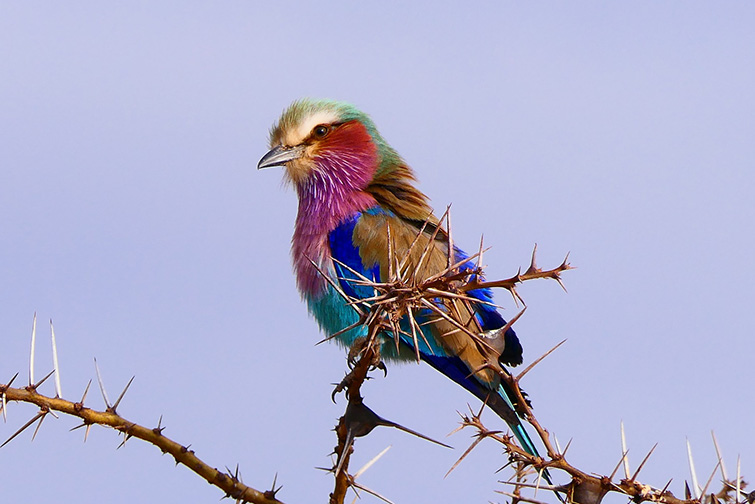
When is The Best Time for Safari
Dry Season – June to October
High tourist season with minimal rainfall. The best time for safari – many animals are gathered around water sources.
Shoulder Season – November and May
Transition season with fewer tourists and lower prices. Expect more green and lush scenery.
Short Rainy Season – November to December
During heavy rains season with fewer tourists, more affordable. The best season to spot calving.
Long Rainy Season – March to May
The wettest season. Great for birdwatching. The prices are much lower.

Packing Tips
Clothing – you will need clothes to get protection against the sun. You should pack long-sleeve but lightweight tops and bottoms in green, khaki, or brown color. For evenings (or early mornings) pack something good for layering like a light jacket. In case you are going to stay near the water, pack a swimsuit. Footwear should include closed-toe shoes and sandals if you plan to spend time at the beach.
Gear to watch the wildlife should include zoom lenses, binoculars, and daypack. A headlamp or flashlight can become handy at night when you need to move into a camp or lodge.
Health protection like malaria prophylaxis should be discussed with your doctor. You will need an insect repellent, sunscreen, and a first aid kit.
According to WHO you should have the following vaccinations when coming to Tanzania: hepatitis A, B, typhoid, yellow fever, rabies, polio, measles, meningitis, mumps and rubella, Tdap, shingles, chickenpox, pneumonia, and influenza.
You will also need a visa – you can get them online for about 50 USD.
Don`t forget to pack a UK-style Type G socket adapter.
Serengeti National Park
The name Serengeti comes from Maasai and means “endless plains.” Established in 1951 but its history dates back to the 1920s. Since 1981 it has been listed as a UNESCO World Heritage Site.
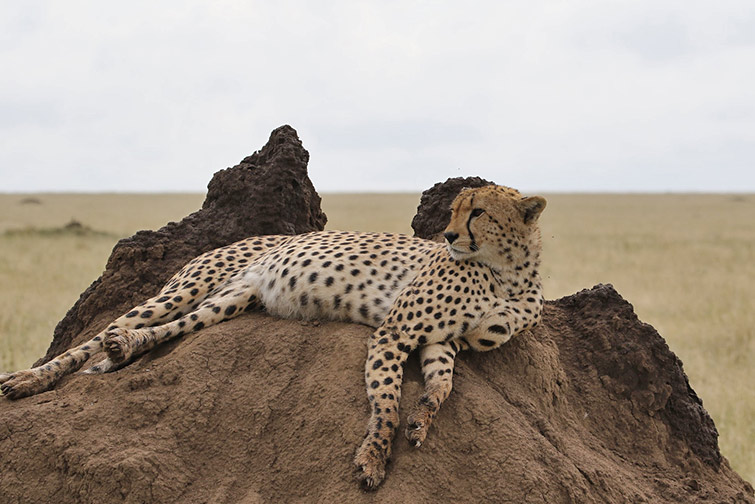
You can expect to see the Great Migration, probably the most popular spectacle when millions of animals traverse plains when searching for water or fresh grass. While moving they may end up being caught up in predator-prey interactions. The best season to witness this amazing wildlife in action is from December to July.
The park is home to the Big Five – lions, leopards, buffalos, rhinoceros, and elephants. You have the chance to observe them in their natural habitat.
Besides animals, there are 500 bird species including eagles, flamingos, and vultures.
You can also take a hot balloon and fly across the land. Other interesting spots worth visiting are Maasai Rock Paintings, Gol Kopjes (big rocks of volcanic origin used for sightings), and Lobo Valley.
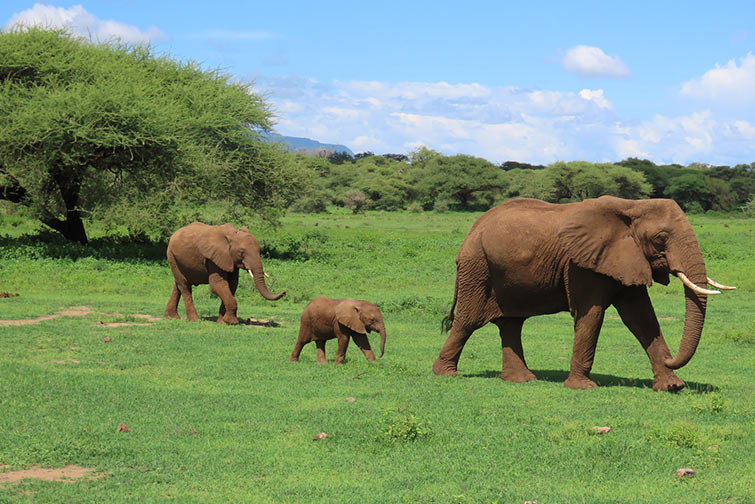
Ngorongoro Conservation Area
The place has been listed as a UNESCO World Heritage Site since 1979 and is sometimes also referred to as NCA. Established in 1959, it covers over 8,000 square kilometers including Ngorongoro Crater, highlands, forests, and grasslands.
The crater is a million years old and formed by a volcanic explosion. It concentrates a wide range of wildlife, including wildebeests, zebras, and the Big Five.
Empakaii Crater is a lesser-known place where you can spend some time hiking, enjoying panoramic views of the picturesque lake.
Olduvai Gorge is an archeological site known as the Cradle of Mankind. It hides crucial discoveries about human evolution. Paleoanthropological works of the Leakey family are associated with this place too.
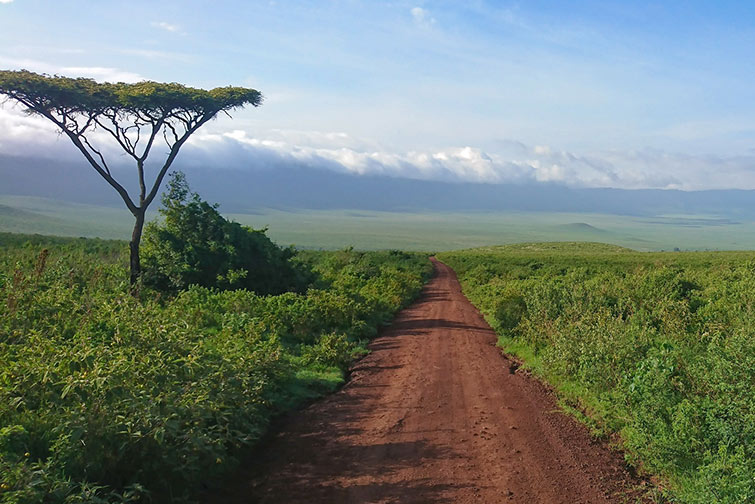
The area is not only about animals or natural scenery. You can become part of the Maasai Culture. Maasai people are an ethnic group, semi-nomadic, mostly inhabiting the East side of Africa.
You can identify them by traditional clothes like shuka, and beaded jewelry. For the Maasai people, cattle is a form of wealth and prestige. They also follow a traditional diet based on drinking milk and blood.
They participate in rituals and ceremonies such as initiation when young people turn into adults. Young men are part of so-called “morans”, warrior groups that protect the cattle and community.
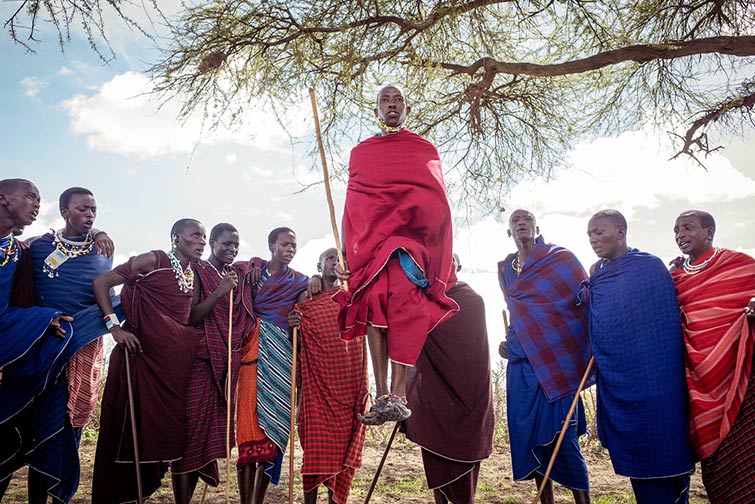
Tarangire National Park
Established in 1970 it hosts landscapes filled with baobab trees, forests, and Tarangire River. If you like elephants, then this place is right for you. Besides them, big cats like lions, leopards, or cheetahs often frequent the open plains and stalk their prey.
From 550 bird species, you can expect to encounter yellow-collared lovebirds or lilac-breasted rollers. Giraffes and zebras that migrate are another popular species you can find here.
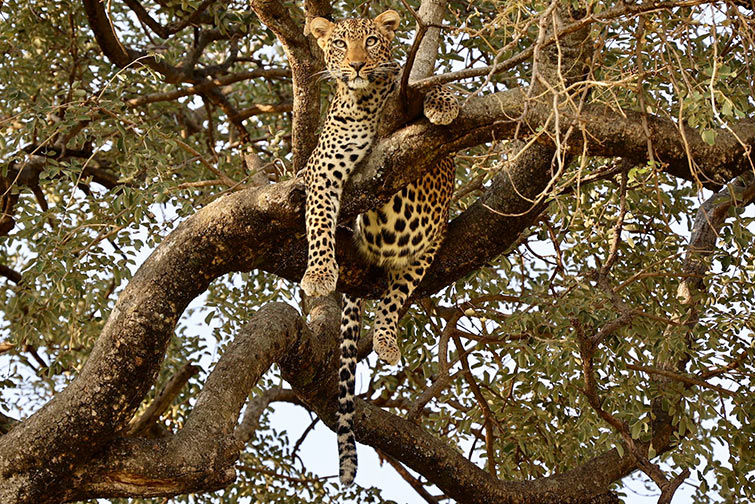
Selous Game Reserve
Established in 1922, Selous Gamer is one of the oldest and largest (50,000 km) natural parks in southern Tanzania. Its name is connected to British explorer and hunter Frederick C. Selous. Since 1982 it has been listed as a UNESCO World Heritage Site.
Encounters with wildlife may include the Big Five, wild dogs, and 400 bird species including the Goliath heron, or saddle-billed stork.
You can book a boat safari along the river Rufiji, or a walking safari and end up learning about the overlooked aspects of the ecosystem.
When booking a tour you can pay somewhere from 150 – 7000 USD. It depends on how many days the tour lasts, or if it is open for a group of people or a private one. Day tours start at 150USD up to 250USD. Multi-day tours (3-7) range from 1000USD up to 3000USD. Private day tours start at 300USD up to 500USD, and multi-day tours range from 2500 – 7000 USD.
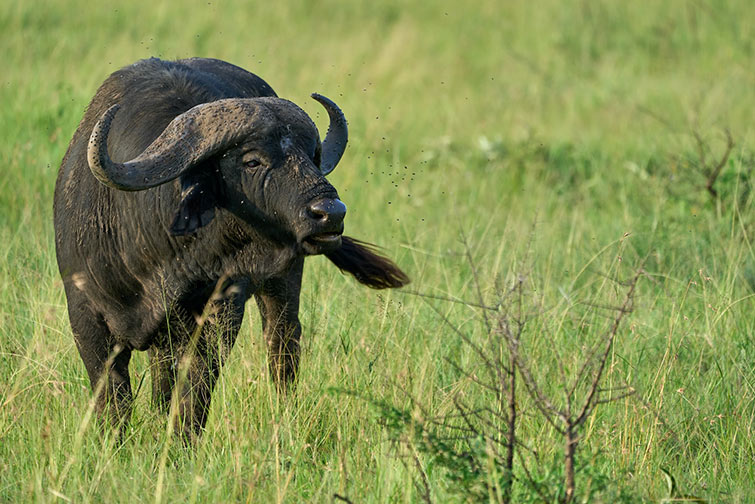
Where to Stay
Budget-friendly
Serengeti Wild Camp (Serengeti) is a basic campsite with budget-friendly tents, providing an authentic safari experience.
Jambo Rooms (Ngorongoro Conservation Area) is a simple guesthouse with affordable rates for travelers on a budget.
Roika Tented Lodge (Tarangire National Park) has comfortable tented accommodation at a more moderate price point.
Selous River Camp (Selous Game Reserve) is a campsite with budget-friendly options, offering comfortable accommodation in a wilderness setting.
Mid-range
Kati Kati Tented Camp (Serengeti) is a mid-range tented camp with comfortable amenities and a great location for wildlife viewing.
Rhino Lodge (Ngorongoro Conservation Area) offers cozy, mid-range accommodations with stunning views of the crater.
Tarangire Simba Lodge (Tarangire National Park) is a comfortable lodge with modern facilities and a relaxed atmosphere.
Selous Great Water Lodge (Selous Game Reserve) has mid-range, riverfront accommodations with beautiful scenery.
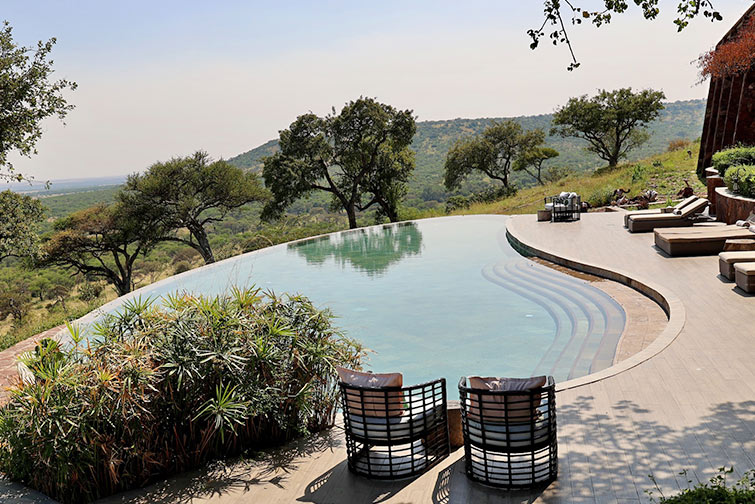
Luxurious
Four Seasons Safari Lodge (Serengeti) offers elegant rooms, upscale dining, and excellent service.
Ngorongoro Serena Safari Lodge (Ngorongoro Conservation Area) is a high-end lodge perched on the crater’s rim, offering stunning views and lavish amenities.
Sources:
wikipedia.com
tripadvisor.com
lonelyplanet.com
Google Maps and reviews

About Author
Freya
Photographer, artist, content creator, and a solo female traveler since 2017.
